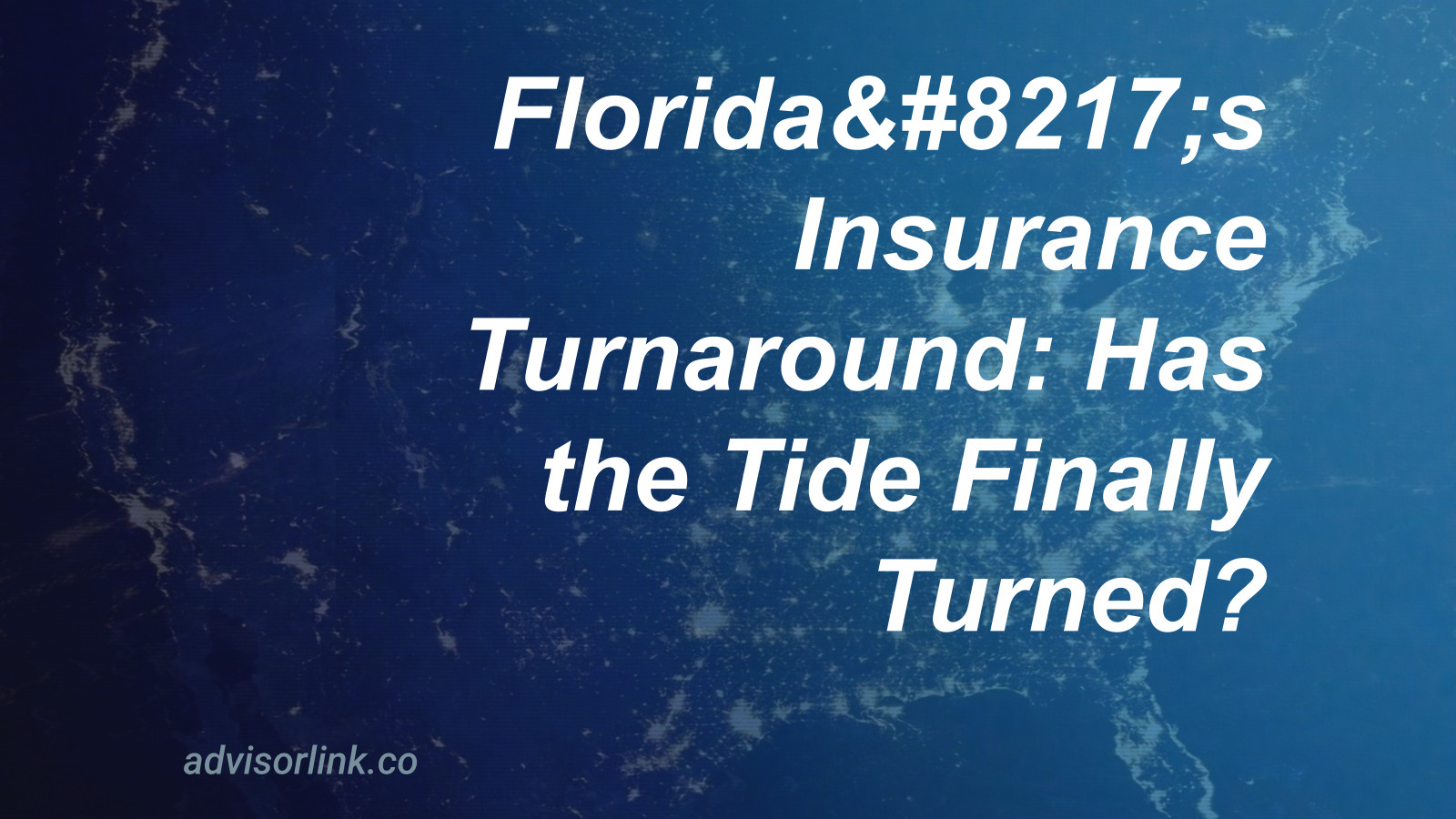As Global Insurance Rates Fall, American Small Businesses Face Rising Tide
# As Global Insurance Rates Fall, American Small Businesses Face Rising Tide
Insurance markets tell stories – stories of risk, opportunity, and economic winds shifting across continents. The tale unfolding now reveals a curious divide between global trends and American realities that demands our attention.
## What’s happening in global insurance markets?
Is there a shift occurring in insurance costs worldwide? Yes, and it’s substantial. Commercial insurance rates across the globe have dropped an average of 3% in the first quarter of 2025, marking a significant adjustment as insurers respond to changing economic conditions and revise their risk assessments downward.
But like a river that splits around a stubborn boulder, this downward trend flows everywhere except one notable exception – the United States casualty market.
## Why are American liability insurance rates moving against the current?
Is America’s insurance landscape uniquely challenging? Yes, and the numbers tell the story. While business owners in Europe, Asia, and beyond enjoy decreasing premiums, American small business proprietors face liability insurance costs that refuse to follow this welcome global pattern.
The causes appear rooted in distinctly American circumstances: recent court decisions that have expanded liability interpretations, state-by-state regulatory adjustments, and economic conditions particular to our shores. These factors have created something of a perfect storm for business owners who find themselves paying more while their international counterparts pay less.
“The numbers don’t lie,” one insurance analyst remarked, “but they do require explanation.”
## How are small businesses weathering this insurance divide?
Is this rate disparity hitting Main Street? Yes, and with considerable force. For the small auto repair shop in Ohio, the family-run restaurant in Arizona, or the boutique clothing store in Maine, these higher-than-expected insurance costs aren’t merely numbers on a spreadsheet – they represent real operational challenges.
Many business owners report adjusting budgets, delaying expansion plans, or revisiting their risk management strategies altogether. Some have even considered whether certain services or products might need to be discontinued if the associated liability costs continue to climb.
One hardware store owner in Pennsylvania put it plainly: “When my insurance bill jumped twenty percent while my competitors abroad saw decreases, that’s money not going to new inventory or employee bonuses.”
## Does this affect American homeowners too?
Is there a ripple effect touching ordinary homeowners? Yes, though indirectly. When small businesses face rising operational costs, those increases eventually find their way to consumers. The plumber charging more for services, the contractor with higher bids for home repairs, the local grocery store adjusting prices – all these changes can often be traced back, at least partially, to insurance cost shifts.
Homeowners may also notice these effects when seeking services for property maintenance and improvement, as businesses pass along their increased overhead costs.
Furthermore, the same underlying factors driving commercial casualty insurance rates – court decisions, regulatory changes, economic shifts – could eventually influence the homeowner insurance market directly.
## What questions remain unanswered?
Is this trend temporary or indicative of a longer pattern? The jury remains out. Insurance cycles have historically moved in multi-year patterns, but the unusual separation between global and U.S. rates suggests structural factors that may persist.
Small business advocates are asking pointed questions: Could regulatory coordination between states help address some of these cost drivers? Might federal actions be necessary if the disparity widens further? How long can American businesses absorb these costs before more dramatic decisions become necessary?
For homeowners watching from the sidelines, the message is clear: even insurance trends happening in the commercial sector can eventually touch your household budget in ways both subtle and significant.
Across America, from coast to coast, the story of insurance might seem dry on paper, but its impact runs through the daily lives of millions. As one wise Texan once told me years ago, “The price of protection tells you plenty about the state of the nation.”
And that’s the way it is, April 24, 2025.
Disclaimer: General Information & Accuracy
This blog provides general information and discussions about insurance and related subjects for informational purposes only. It is not intended as professional advice, including but not limited to financial, legal, or medical advice. We strive for accuracy, but laws, regulations, information, and best practices constantly evolve, and unintentional errors can occur. Therefore, we make no warranties about the completeness, accuracy, reliability, or suitability of the blog content. Always consult with a qualified professional for advice tailored to your specific situation. Any reliance you place on this information is strictly at your own risk.




